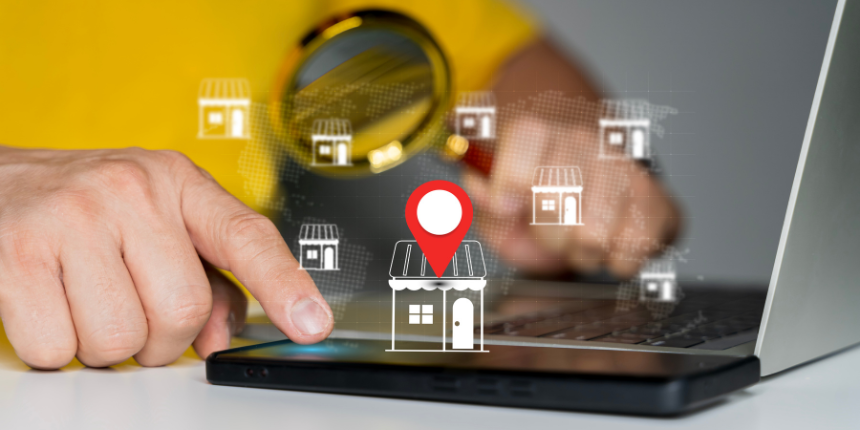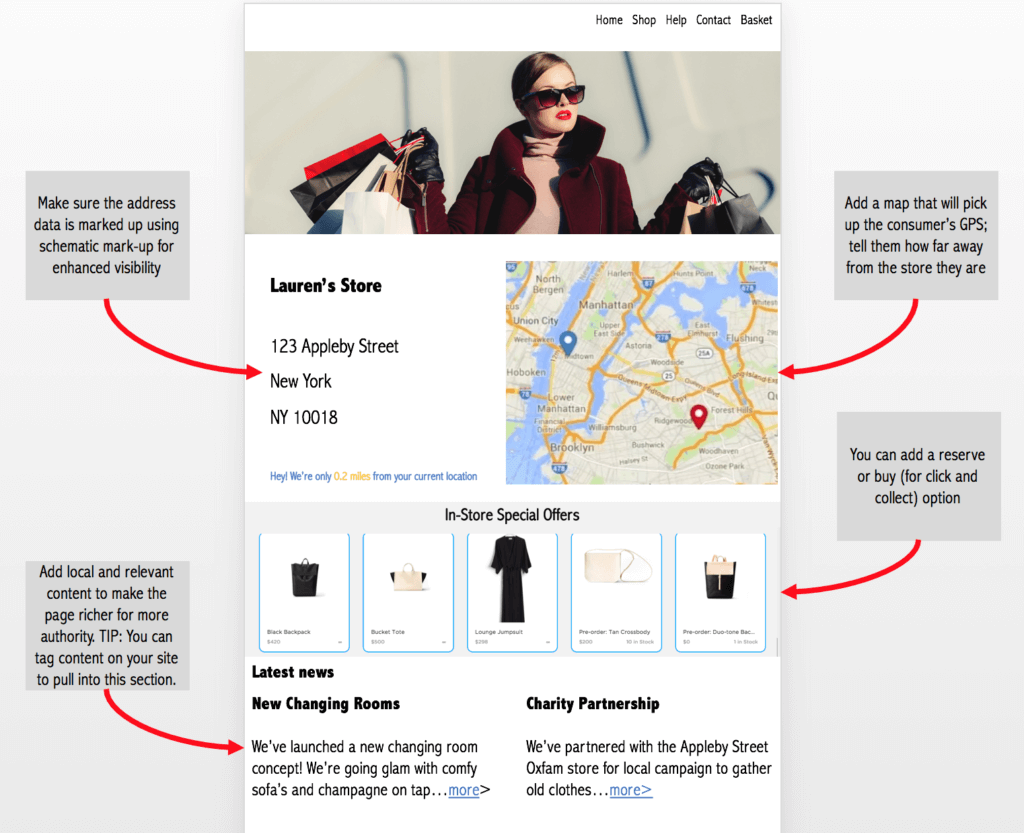
Maximize your local presence through strategic location management.

Local Search is a complex but incredible channel that is essentially the last mile in a consumer’s journey to purchase. The challenge is; it’s not a straight-forward channel to understand or to master. There are many intricacies to Local Search.
To get the best chance of improving or increasing awareness for the Local Search channel, there are some granular but important things that you need to make sure you have in place before you even attempt to solicit Local Search traffic through your Business Listings Management tool.
I have written a series of posts to help you break down Local Search and to get a better grasp of what’s involved. Hopefully by the time we get to the last post in the series, you’ll have a much more granular understanding of what it’s all about and feel empowered to make informed decisions.
Let’s get stuck into SERIES 1 – The foundations of Local Search.
Should You Give a T*ss about Local Search?
This is the first thing you should actually determine; because as controversial as this might sound… Local Search isn’t right for everybody… cue the outrage from my colleagues!
Local search isn’t right for an eCommerce only business for example…because they don’t have any physical locations. Local Search is only ever right for you, if your customers have to perform all or some of the conversion action offline. If you’re a retailer, you will have physical locations – Local Search is 100% relevant for you. If you are a service based business that uses an online presence as a “brochure” of sorts, so driving enquiries, Local Search, again is 100% relevant for you.
Quantifying Local Search ROI
This is a big one, and it needs a separate article of its own – coming soon. Many people have written about how to quantify Local Search and there are a lot of variables to consider.
(We have an excellent Consumer Journey Product that can also help brands covers local search attribution.)
Essentially, if a customer transacts with your business in a physical location and generates revenue, you need to try and understand how much Local Search played a part in this transaction.
There are a few ways to do this currently; however before you tackle it, you need to make sure you’ve mapped out your typical consumer’s journey so that you can determine whether you can actually track every single touchpoint leading to the physical transaction.
A typical journey looks like this (using an example where a customer is searching for a brand):
Subscribe to our monthly newsletter.
You can tag URLs with tracking parameters to record website interaction and as mentioned above, Google my Business gives extensive performance metrics for locations.
You can also pre-select geo-local keywords that match your products and services, that you can monitor using a number of SEO rank tracker software to see rank improvements – intertwining Local Search with SEO.
Improvements are being made in the data and analytics field to track a consumer from online to offline and back again; in the meantime robust models can be used to quantify Local Search investment.
Look out for an extensive post on this subject.
Let’s get into the stages of Local Search foundations:
Stage 1: Love your locations
It sounds a pansy, but you have to treat each and every single one of your locations as special as the next. It doesn’t matter if that location is in a dodgy area or if it’s in an upmarket area; each and every location serves a need for the consumers that you’re expecting to visit.
How do you love your locations? You should know every single thing about it and list it. We move into the world of real estate and property management here; but it’s worth it. You should know when it was built, square feet, access conditions (can a wheelchair user gain easy access?). What is parking like? Can I park my motorcycle or my bicycle easily? You should list every single type of operating schedule, from New Year’s, to Easter, to Christmas and all the little holiday’s in-between. Do any of your locations take part in community activities? List that too!
Each location starts to feel like it’s own special little palace! Google has 174 categories that you can pick from to describe a location. That is how serious it is; so… love your locations.
Stage 2: Store Locator Pages
The store locator page is the ultimate home of your location. Whenever a customer clicks the “Website” link from a Google Map listing, they should be directed to the home of your location.
Your store locator pages should act like a mini microsite for each of your locations. Remember the exercise you did in stage 1? Well that should have give you more than enough items to use to populate your store locator page.
The Basics:
The location name and address should be listed using a microdata schematic format. Search engines have been moving towards a more organised web for a number of years now, and tagging words with an appropriate microdata markup makes your data speak a more elevated language to the bot scanning it. So that it can be filed in more places; which means, when a user searches for your data, it have an even greater chance of being presented.
TIP: Try to use schema markup for as many elements on your store locator page as possible! In fact, challenge your developer to integrate schema markup into your pages. Optimising search without this, should raise eyebrows…
Your store locator page can be filled with as much useful info that you think will be relevant for your customer.
See the image I mocked up below:

You can pull in anything from local product feeds (this will come in handy when dealing with local inventory ads), intelligent maps that use the customer’s GPS to let them know how far they are from the store. Enrich this with transport information, such as bus, train or uber!
Look out for future series on this topic as I break down Local Search, from a marketer’s perspective!
Maximize your local presence through strategic location management.
Maximize your local presence through strategic location management.
Subscribe to our monthly newsletter.